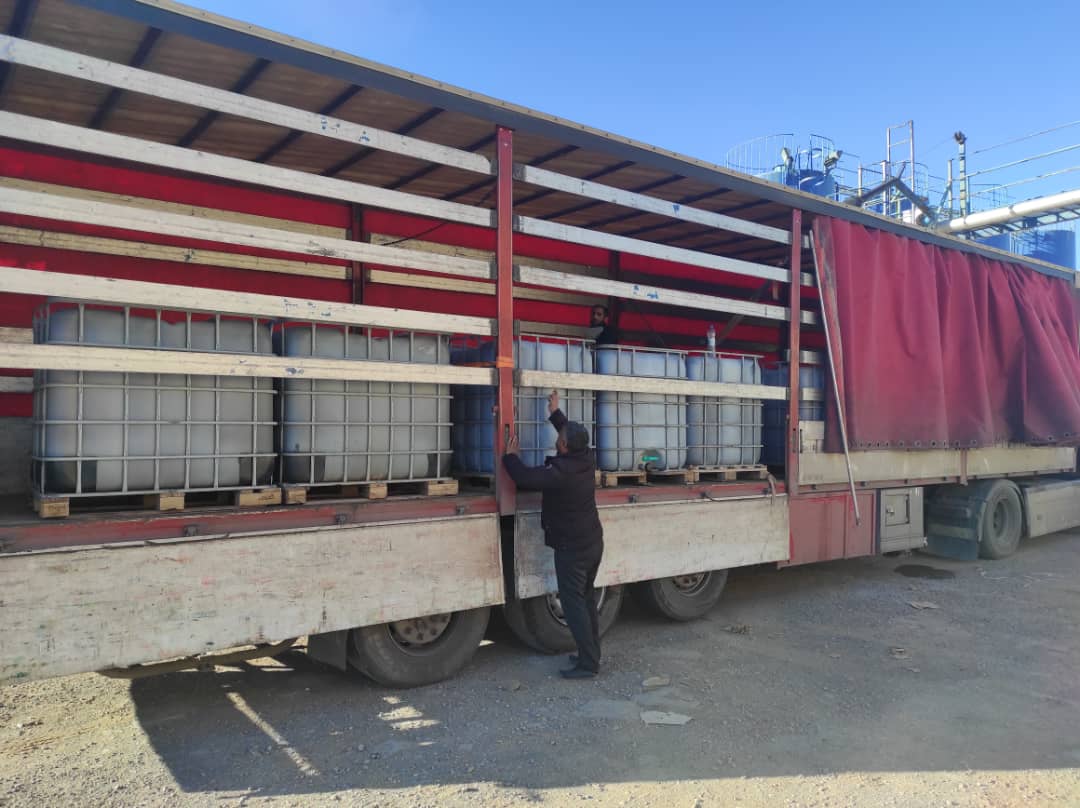
Description of Bitumen Emulsion CRS-1
Bitumen Emulsion CRS-1 is a stable mixture comprising bitumen (a petroleum-derived hydrocarbon material), water, and emulsifying agents. The emulsifying agents are chemicals that help disperse and stabilize the bitumen particles in water. In CRS-1 emulsions, the bitumen particles carry a positive charge (cationic).
Bitumen Emulsion CRS-1 is a specific type of bitumen emulsion used in construction and road maintenance. Also, They are particularly suitable for chip sealing, tack coating, and patching activities.
Bitumen Emulsion CRS-1 stands for “Cationic Rapid Setting,” and the “1” typically indicates the grade or level within the CRS classification.
- CRS: This acronym stands for “Cationic Rapid Setting.” It indicates the type of emulsion and its properties. Cationic emulsions have positively charged bitumen particles and are often known for their rapid setting characteristics.
- 1: The numeral “1” represents the grade or level within the CRS classification. In bitumen emulsion classifications, different numbers may indicate variations in properties such as setting time, viscosity, or other characteristics. In the case of CRS-1, it typically implies a relatively rapid setting emulsion.
CRS-1 emulsions are designed to be effective in regions with moderate to mild climates. They can perform well in various weather conditions, including cooler temperatures, without compromising their bonding properties.
Application of Emulsion CRS-1
Bitumen Emulsion CRS-1 is a versatile material widely utilized in road construction and maintenance due to its rapid setting time and excellent adhesion properties, making it ideal for creating durable and long-lasting pavement surfaces. Its application varies based on project requirements, local climate conditions, and the type of surface or aggregate used. One of its primary uses is as a tack coat, where it is applied between existing pavement and new asphalt layers to ensure a strong bond, enhancing the structural integrity of the road. In chip sealing, CRS-1 is sprayed onto the road surface and covered with small aggregates, forming a protective layer that extends pavement life by improving skid resistance and waterproofing.
It is also highly effective for pothole repairs and patching, where it is mixed with aggregates to create a quick-setting material that restores damaged areas efficiently. Additionally, CRS-1 is used in the production of cold mix asphalt, which is ideal for minor repairs, temporary surfaces, or areas where hot mix asphalt is impractical. It also plays a critical role in crack sealing, filling and sealing cracks in pavements to prevent water infiltration and debris accumulation, which could otherwise accelerate road deterioration.
Proper application techniques, such as ensuring a clean and dry surface, using appropriate spraying equipment, and adhering to recommended application rates, are essential to maximize the effectiveness of CRS-1 and ensure safety and environmental compliance during use.
Properties of Bitumen Emulsion CRS-1
- Viscosity: The viscosity of CRS-1 emulsion can vary, but it is generally designed to have a suitable viscosity for easy application using standard road construction equipment, such as emulsion distributors or spreaders.
- Emulsion Type: Bitumen Emulsion CRS-1 is a cationic emulsion, meaning it contains positively charged bitumen particles. This cationic nature plays a crucial role in its rapid setting and adhesion properties.
- Aggregate Compatibility: CRS-1 is compatible with a wide range of aggregates commonly used in road construction, including crushed stone, gravel, and various types of sand.
- Testing and Quality Control: Bitumen Emulsion CRS-1 should meet specific quality control standards and testing procedures to ensure that it meets the desired technical properties and performance criteria.
Advantage of Bitumen Emulsion CRS-1
Using Emulsion CRS-1 is a cost-effective option, especially in situations where producing and applying hot bitumen would be more expensive, as it requires less energy during both production and application, leading to significant cost savings. Once cured, CRS-1 offers excellent water resistance, protecting the underlying road structure from moisture damage and extending its lifespan. Additionally, when applied as a surface treatment, CRS-1 enhances skid resistance, improving road safety by reducing the risk of accidents caused by slippery surfaces.
Safety Tips of Emulsion CRS-1
When handling CRS-1 emulsion, adhering to safety guidelines is crucial. Always wear personal protective equipment (PPE), including gloves, goggles, and protective clothing. Ensure the work area is well-ventilated to prevent vapor buildup. Keep the emulsion away from flames, heat sources, and sparks, and have fire extinguishers readily available. Follow transportation regulations for safe handling and movement. Store the emulsion in cool, designated areas to maintain stability. Avoid spills and splashes during use, and follow proper spill cleanup procedures to mitigate risks effectively.
Packing of Bitumen Emulsion CRS-1
The Cationic Bitumen Emulsion CRS-1 is usually packed in bulk, Steel Drum, and IBC Tank but The packing type depends on the quantity of the product and the specific requirements of the customer.
- 1MT IBC Tank
- 200 Kg New Steel Drum- Palletized
- Bulk in Tuck Tanker
Specification
| Property | Min | Max | Test Method |
|---|---|---|---|
| Viscosity, Saybolt Furol at 25 °C, SFS | 20 | 100 | ASTM D244 |
| Storage stability test, 24-h, % | – | 1 | ASTM D6930 |
| Demulsibility, 35 mL, 0.8 % dioctyl sodium sulfosuccinate, % | 40 | – | ASTM D6936 |
| Particle charge test | Positive | Positive | ASTM D244 |
| Sieve test, % | – | 0.1 | ASTM D6933 |
| Oil distillate, by volume of emulsion, % | – | 3 | ASTM D6997 |
| Residue, % | 60 | – | ASTM D244 |
| Penetration, 25°C (77°F), 100 g, 5 s | 100 | 250 | ASTM D5 |
| Ductility, 25°C (77°F), 5 cm/min, cm | 40 | – | ASTM D113 |
| Solubility in trichloroethylene, % | 97.5 | – | ASTM D2042 |

